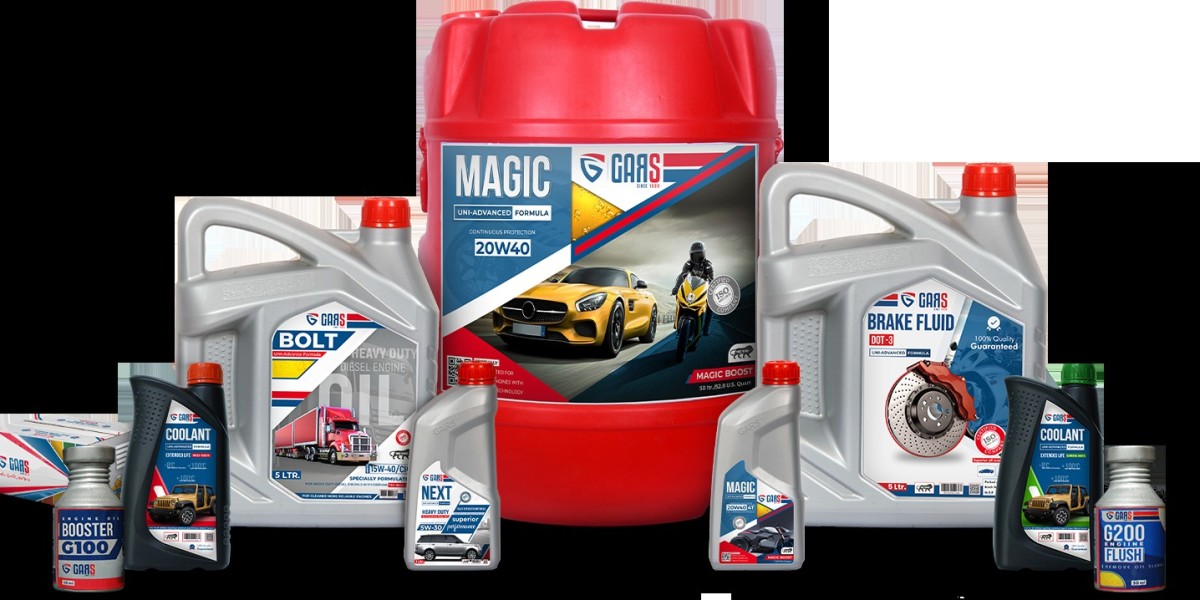Lubricant oils play a vital role in maintaining the efficiency and longevity of machinery and engines. Proper maintenance of these oils ensures that they continue to perform their function effectively, reducing wear and tear and preventing costly repairs. In this comprehensive guide, we will explore the essential steps to maintain your lubricant oils for optimal performance, covering everything from storage to usage practices.
1. Understanding the Importance of Lubricant Oil Maintenance
Lubricant oils are responsible for reducing friction, dissipating heat, and minimizing wear in mechanical systems. Over time, however, they can degrade or become contaminated, which compromises their effectiveness. Poor maintenance can lead to increased equipment downtime, higher repair costs, and even complete machinery failure. Therefore, maintaining lubricant oils is not just about preserving the oil itself but also about safeguarding the overall health of your equipment.
2. Proper Storage of Lubricant Oils
2.1 Choose the Right Storage Environment
Storing lubricant oils correctly is the first step towards maintaining their quality. Always store them in a cool, dry place away from direct sunlight. Exposure to high temperatures and UV light can cause the oil to oxidize and degrade, reducing its lubricating properties. A temperature-controlled storage area can help prevent such issues.
2.2 Use Appropriate Containers
Make sure to store lubricant oils in sealed containers to prevent contamination from dirt, dust, and moisture. If the original container is damaged, transfer the oil to a clean, compatible container with a secure lid. Ensure that the new container is clearly labeled to avoid any mix-up of different types of lubricant oils.
2.3 Regularly Inspect Storage Conditions
Regular inspection of storage conditions helps to identify potential issues early. Check for leakages, dust accumulation, and any other factors that could compromise the quality of the stored oils. Make it a habit to inspect storage areas monthly and take corrective actions if needed.
3. Filtering and Cleaning Lubricant Oils
3.1 Why Filtering Is Necessary
Even if your lubricant oil appears clean, it can still contain microscopic contaminants that affect its performance. Filtering helps remove impurities such as metal particles, dirt, and other debris that could cause damage to machinery.
3.2 How to Filter Lubricant Oils Properly
Use a high-quality filtration system designed specifically for the type of lubricant you are using. The frequency of filtration will depend on the oil's application and working conditions. For example, heavy-duty machinery may require more frequent filtration than equipment used in cleaner environments. Regularly monitor the filter's condition and replace it as needed to ensure it continues to operate efficiently. The lubricants india is rapidly growing, driven by increasing demand from automotive and industrial sectors.
4. Monitoring Oil Condition with Regular Testing
4.1 Benefits of Oil Analysis
Regular oil analysis helps in understanding the condition of your lubricant oils and identifying any signs of wear or contamination. Analysis provides insights into whether the oil is still effective or needs to be replaced.
4.2 Key Tests for Oil Condition Monitoring
Conduct the following tests regularly to monitor the condition of your lubricant oils:
- Viscosity Testing: Viscosity is a critical property that determines how well the oil flows and protects machinery. A significant change in viscosity indicates that the oil may have degraded.
- Contaminant Analysis: Tests for the presence of water, dirt, or other particles that may affect the oil's performance.
- Oxidation Stability: Measures the oil's resistance to oxidation. If the oil has a low oxidation stability, it may need to be replaced soon.
Regularly scheduling these tests helps to detect any issues before they escalate, thereby extending the lifespan of both the lubricant oil and the machinery. oil and lubricants suppliers play a crucial role in providing high-quality products to various industries, including automotive, manufacturing, and marine.
5. Proper Handling During Oil Changes
5.1 Following Manufacturer Guidelines
Always adhere to the manufacturer’s recommendations for oil changes, including the type of oil to be used and the interval between oil changes. This ensures that the equipment operates at optimal performance levels.
5.2 Avoiding Cross-Contamination
When changing lubricant oils, it's crucial to avoid cross-contamination. Clean the equipment thoroughly before adding new oil, and ensure that tools used during the process are clean and free from contaminants. If different oils are used for various components, label them clearly to prevent any accidental mix-ups.
5.3 Draining Old Oil Completely
Make sure to drain the old oil thoroughly before adding new lubricant. This prevents residual oil from mixing with the new oil, which could compromise its effectiveness. Automotive lubricants play a crucial role in reducing friction and wear in engine components, ensuring smooth operation and longevity.



